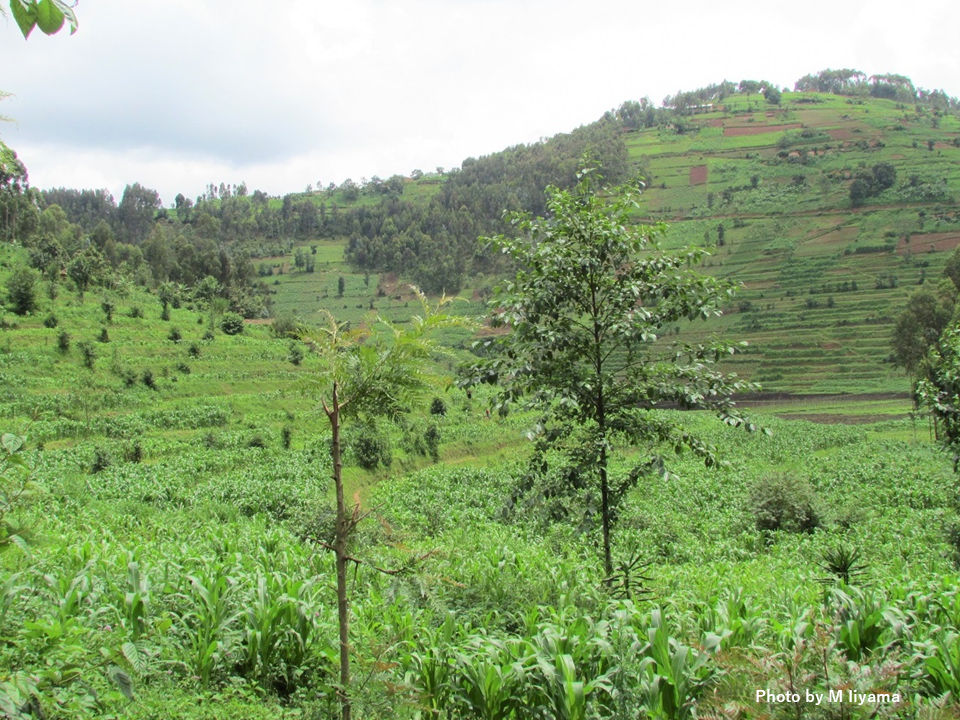Pick Up
812. Investing in Nature Brings Equity and Economic Benefits

812. Investing in Nature Brings Equity and Economic Benefits
Sustainable development must simultaneously achieve and maintain economic growth and the conservation of the natural environment. However, economic growth and environmental protection have often been seen as trade-offs. It has been argued that the natural environment is negatively correlated with economic growth because solving environmental problems requires significant investment, but in the short term there are often concerns about reduced income, employment and competitiveness. As a striking example, the downturn in economic activity caused by the COVID-19 pandemic in early 2020 led to a temporary improvement in air pollution and a decrease in greenhouse gas emissions. However, given the complex interrelationships between the natural environment and human society, investments in environmental protection are likely to yield significant dividends and benefits for the economy, especially in the long term.
Here we present a paper in PNAS on the relationship between investment in nature and economic benefits.
The authors use a model (GTAP-InVEST) that integrates the Global Trade Analysis Project (GTAP) computable general equilibrium (CGE) model of the economy with a model (InVEST model) that comprehensively values ecosystem services (GTAP-InVEST) to assess the impact of the interaction of market and policy changes with changes in ecosystem services. The paper shows that degradation of the natural environment causes significant losses to the economy, particularly for low-income countries, and that conversely, investments in protecting the natural environment have the potential to generate significant economic benefits, particularly for people in low-income countries.
Specifically, the paper showed that using an integrated model, macroeconomic trends and policies (e.g., elimination of agricultural subsidies, increased investment in agricultural R&D, inter- and intra-national payments for ecosystem services, etc.) can first be used to determine how the natural environment in the region provides ecosystem services (crop pollination by wild pollinators, timber from forest supply, food supply from marine fisheries, and carbon sequestration). They then analyzed the extent to which changes in specific ecosystem services affect macroeconomic indicators such as GDP, employment, and trade. The authors estimate that investments in conservation would yield benefits of $100-350 billion per year (2014 USD) compared to the business-as-usual case, with low-income countries reaping the greatest benefits.
The authors note that their estimates cover only a subset of ecosystem services and argue that, given the potential for ecological tipping points and the loss of economic alternatives to natural capital depletion, there is a need for improved models that more accurately capture the economic benefits of investments that avoid the loss of such ecosystem services, and emphasize the importance of incorporating environmental information into economic analysis and policy. In particular, there are potentially large equity benefits, as people in poor countries will benefit the most.
Reference
Johnson, Justin Andrew et al, Investing in nature can improve equity and economic returns, Proceedings of the National Academy of Sciences (2023). https://www.pnas.org/doi/10.1073/pnas.2220401120
Contributors: Solongo TUMUR and IIYAMA Miyuki (Information Program)
